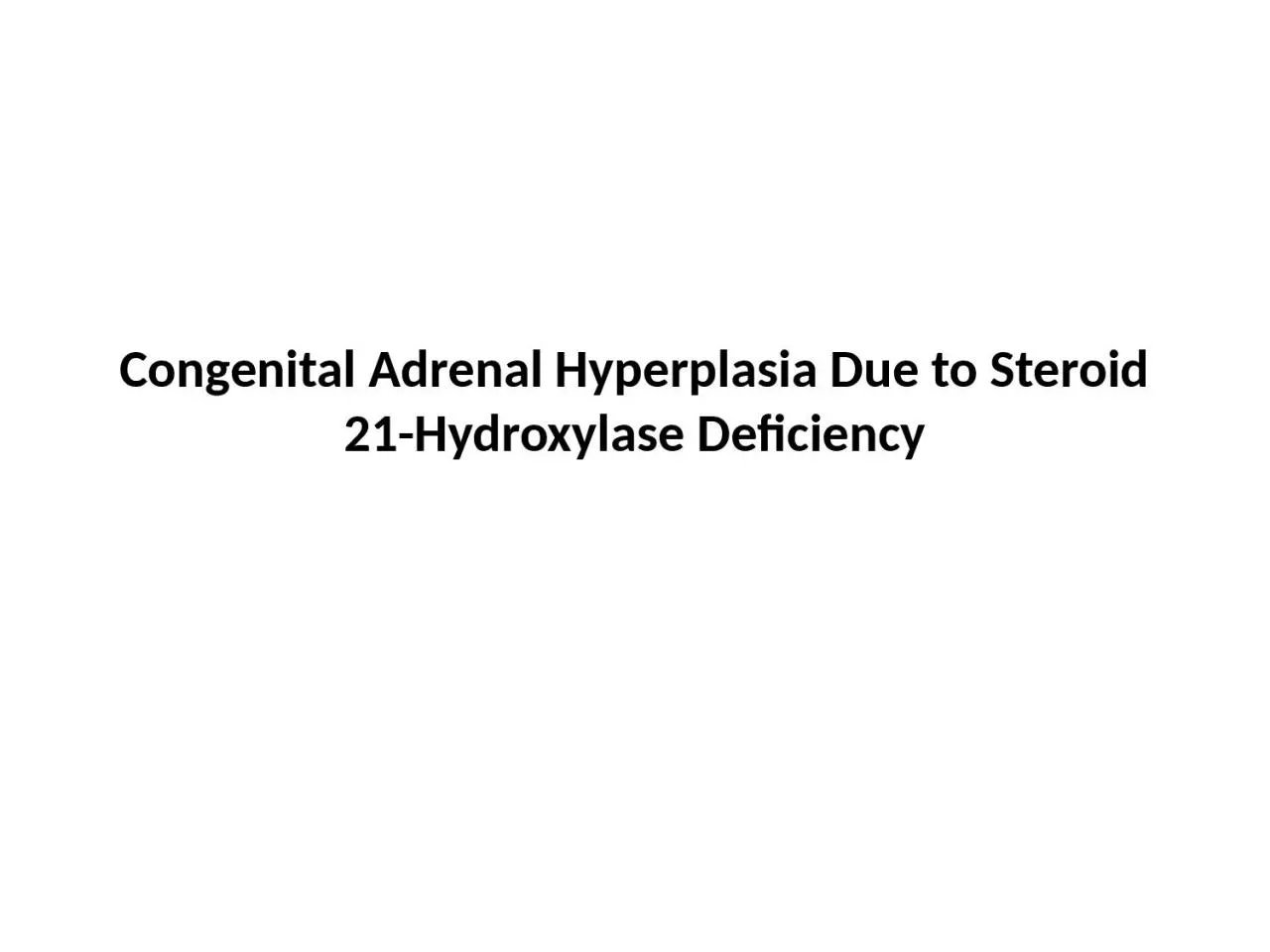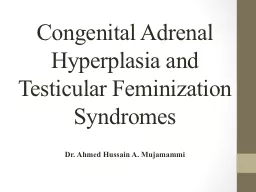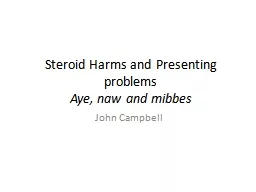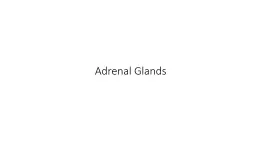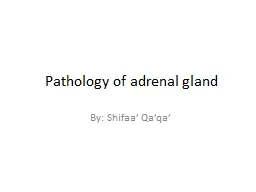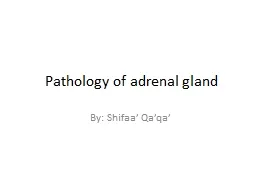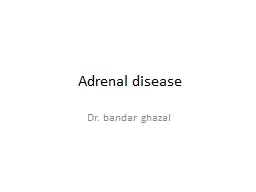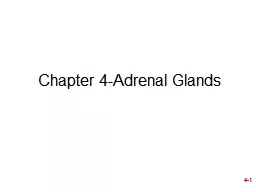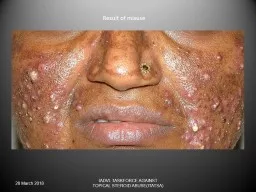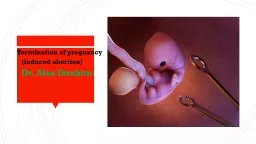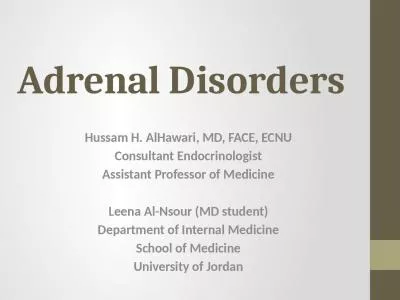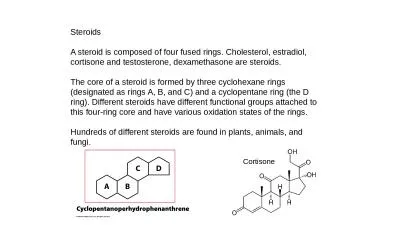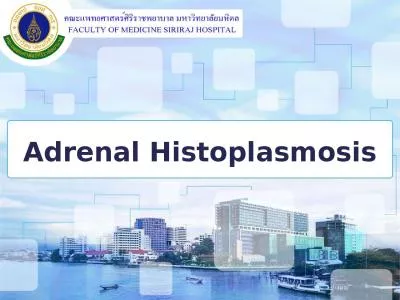PPT-Congenital Adrenal Hyperplasia Due to Steroid
Author : lucy | Published Date : 2022-06-20
21Hydroxylase Deficiency References Pediatric Practice ENDOCRINOLOGY Michael S KappyMDPhD An Endocrine Society Clinical Practice Guideline WILLIAMS Textbook of
Presentation Embed Code
Download Presentation
Download Presentation The PPT/PDF document "Congenital Adrenal Hyperplasia Due to St..." is the property of its rightful owner. Permission is granted to download and print the materials on this website for personal, non-commercial use only, and to display it on your personal computer provided you do not modify the materials and that you retain all copyright notices contained in the materials. By downloading content from our website, you accept the terms of this agreement.
Congenital Adrenal Hyperplasia Due to Steroid: Transcript
Download Rules Of Document
"Congenital Adrenal Hyperplasia Due to Steroid"The content belongs to its owner. You may download and print it for personal use, without modification, and keep all copyright notices. By downloading, you agree to these terms.
Related Documents

